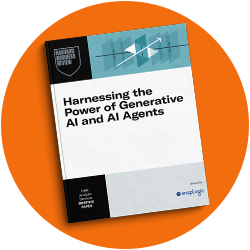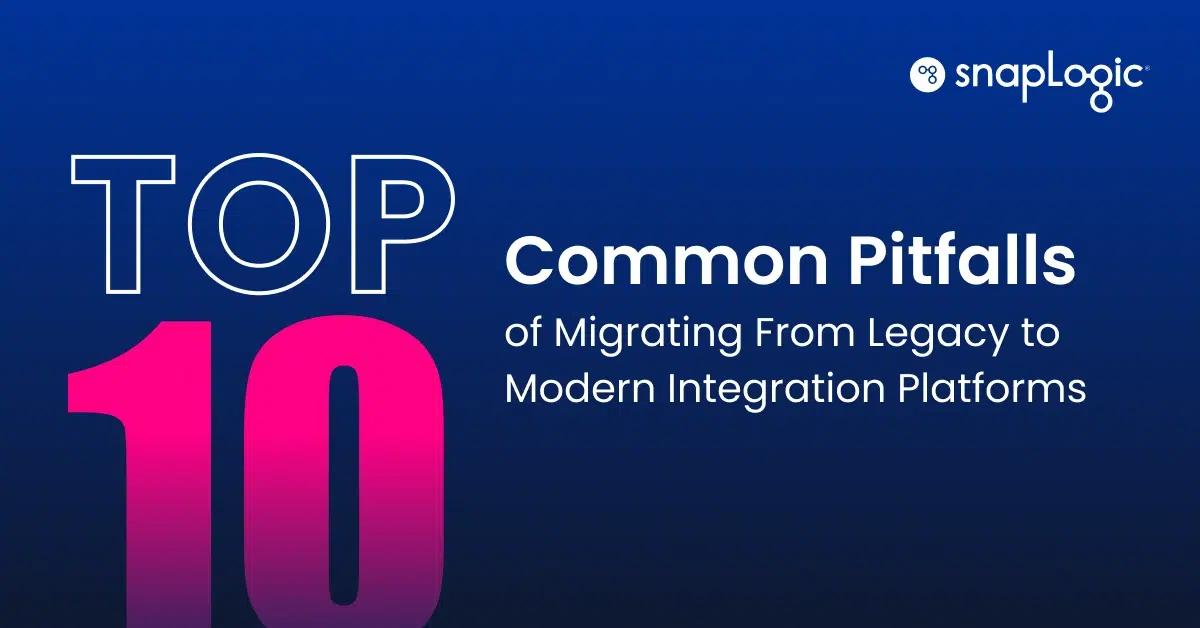 Last week InfoWorld featured an in-depth interview with SnapLogic founder and CEO Gaurav Dhillon: Q&A: SnapLogic Tackles App Integration in the Cloud Era. He was asked a number of questions by John Gallant, chief content officer of IDG US Media, including:
Last week InfoWorld featured an in-depth interview with SnapLogic founder and CEO Gaurav Dhillon: Q&A: SnapLogic Tackles App Integration in the Cloud Era. He was asked a number of questions by John Gallant, chief content officer of IDG US Media, including:
- Why was SnapLogic founded and what has been the path to date?
- What are the specific challenges that you’re trying to address?
- What are the looming integration issues here that people should focus on more?
There is also a great discussion about the state of enterprise software and the vital role that integration technology plays in the era of cloud computing, big data analytics, and the Internet of Things. In this series of posts I’ll feature some of Gaurav’s responses. Here he is asked about integration in the modern, composite enterprise. I encourage you to read the full discussion here.
John Gallant: In my conversations with some of the leading cloud application providers I’ve actually wondered about this emerging integration challenge as companies go to these best-of-breed cloud providers, whether it’s HR or CRM or finance or whatever the tool. Can you put that in perspective for CIOs and other senior IT executives? What are the looming integration issues here that people should focus on more?
 Gaurav Dhillon: You’re right. Integration is a lot like oxygen. You don’t miss it until it’s gone. I think the problem that is looming is that we are in an age where every company is going to have its own technology fabric. With the growth in SaaS, the growth in cloud computing, more and more choices at reasonable cost are available to the technology executive. He or she can build their own ERP and assemble it based on what is best for them if they’re an insurance business or a pharmaceutical business or health care or consumer packaged goods. Depending on their industry and their particular position in that industry, they might make different choices.
Gaurav Dhillon: You’re right. Integration is a lot like oxygen. You don’t miss it until it’s gone. I think the problem that is looming is that we are in an age where every company is going to have its own technology fabric. With the growth in SaaS, the growth in cloud computing, more and more choices at reasonable cost are available to the technology executive. He or she can build their own ERP and assemble it based on what is best for them if they’re an insurance business or a pharmaceutical business or health care or consumer packaged goods. Depending on their industry and their particular position in that industry, they might make different choices.
This concept of business process reengineering and one-size-fits-all solves all problems, is a last-century, quaint idea that is not holding up in the modern enterprise. Businesspeople can use these things in marketing, their children are using them on iPads, and they come into the office and say: Why doesn’t it work like this?
We should really be thinking about how do we speed up the way in which a traditional technology executive can help his business colleagues do their work better, whether they’re in human resources or in marketing or in sales or manufacturing. How we can help them do their jobs better is by giving them their own technology and put that together so that the thread that creates this fabric is integration. That’s how you pick and choose.
You might pick financial system A and you might pick human capital management system B or you might pick something in one area, something else from another area. You might use Hadoop on premise for your manufacturing people because all the machine data is on premise, and you might choose to put your marketing in the cloud with Microsoft HDInsight product in Azure.
These choices should be very, very easy. It should be like provisioning something rather than getting into a hardware, air-conditioning type of procurement cycle. Integration makes that possible. Integration is the glue, the thread that brings this technology fabric together for the enterprise, so they can have their own solution and they can work at an optimal level and they don’t have to buy the same thing as everybody else. It’s not just beige. That was the ’90s. In business process reengineering, everything is beige.
Now, in this millennium we have so many good choices. Putting them together, making them work as one is, I think, the magic that integration brings into the modern enterprise.
You can read the entire interview here. In the next post, Gaurav will discuss SnapLogic use cases. The final post of the series will review the primary components of the SnapLogic Elastic Integration Platform.









